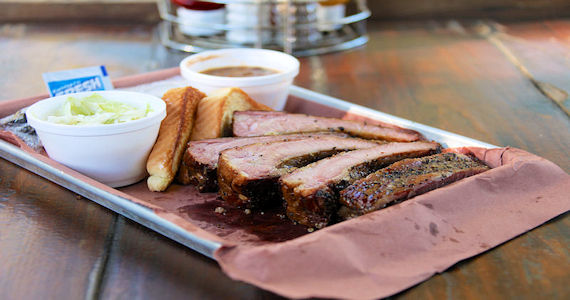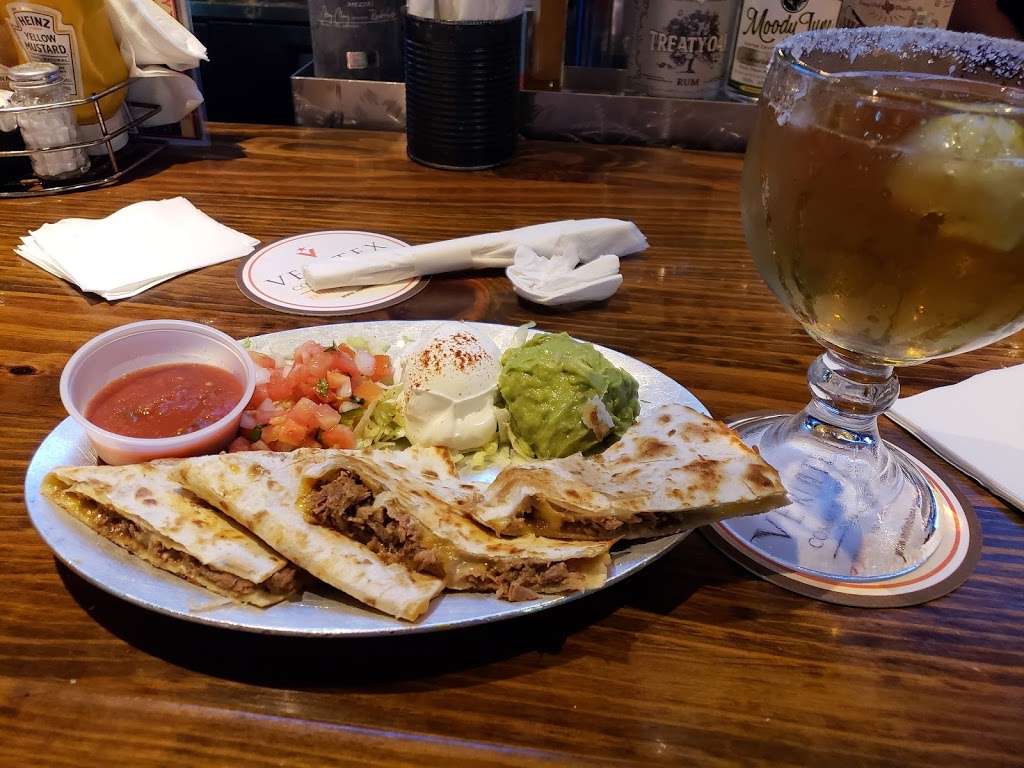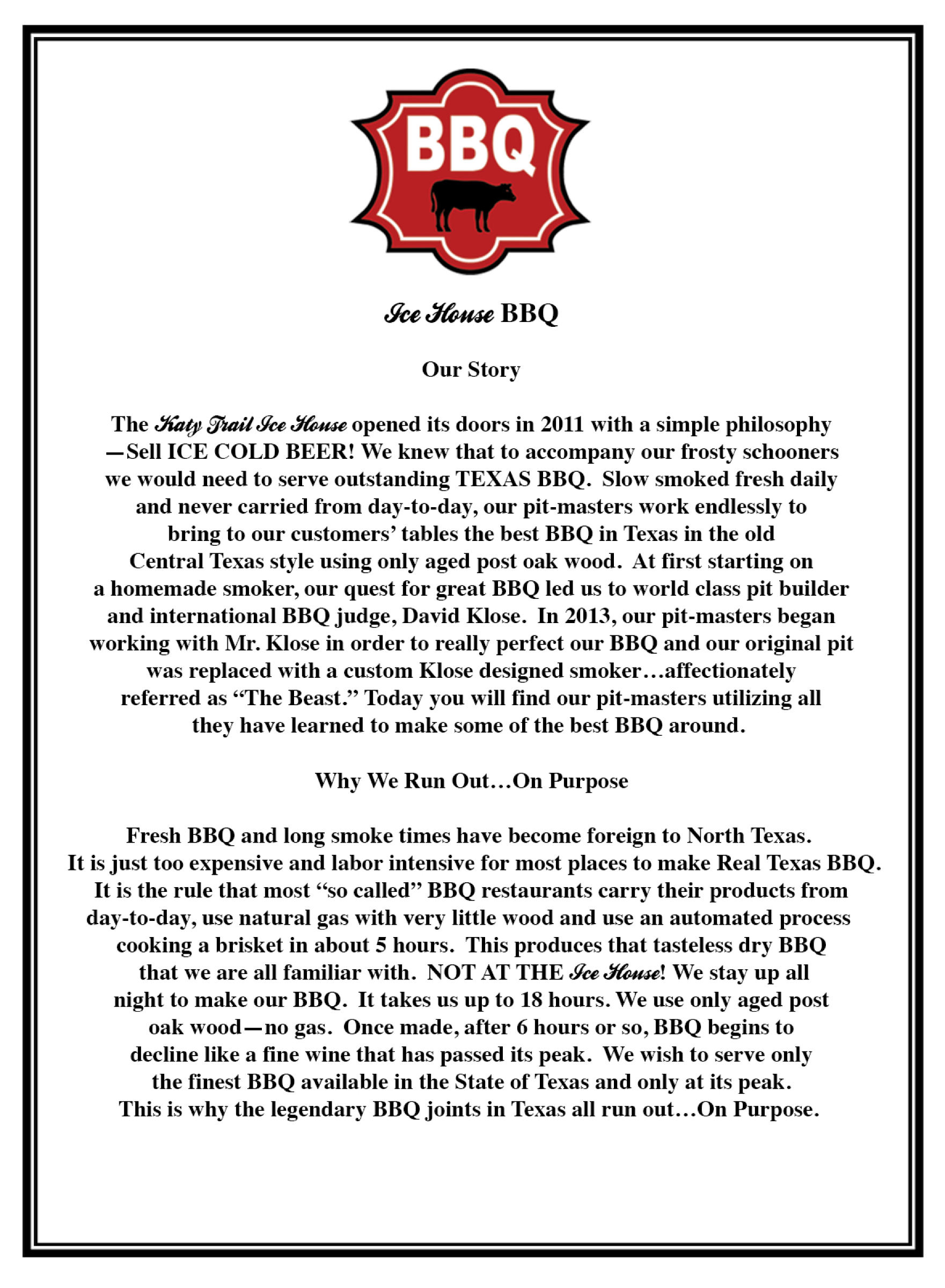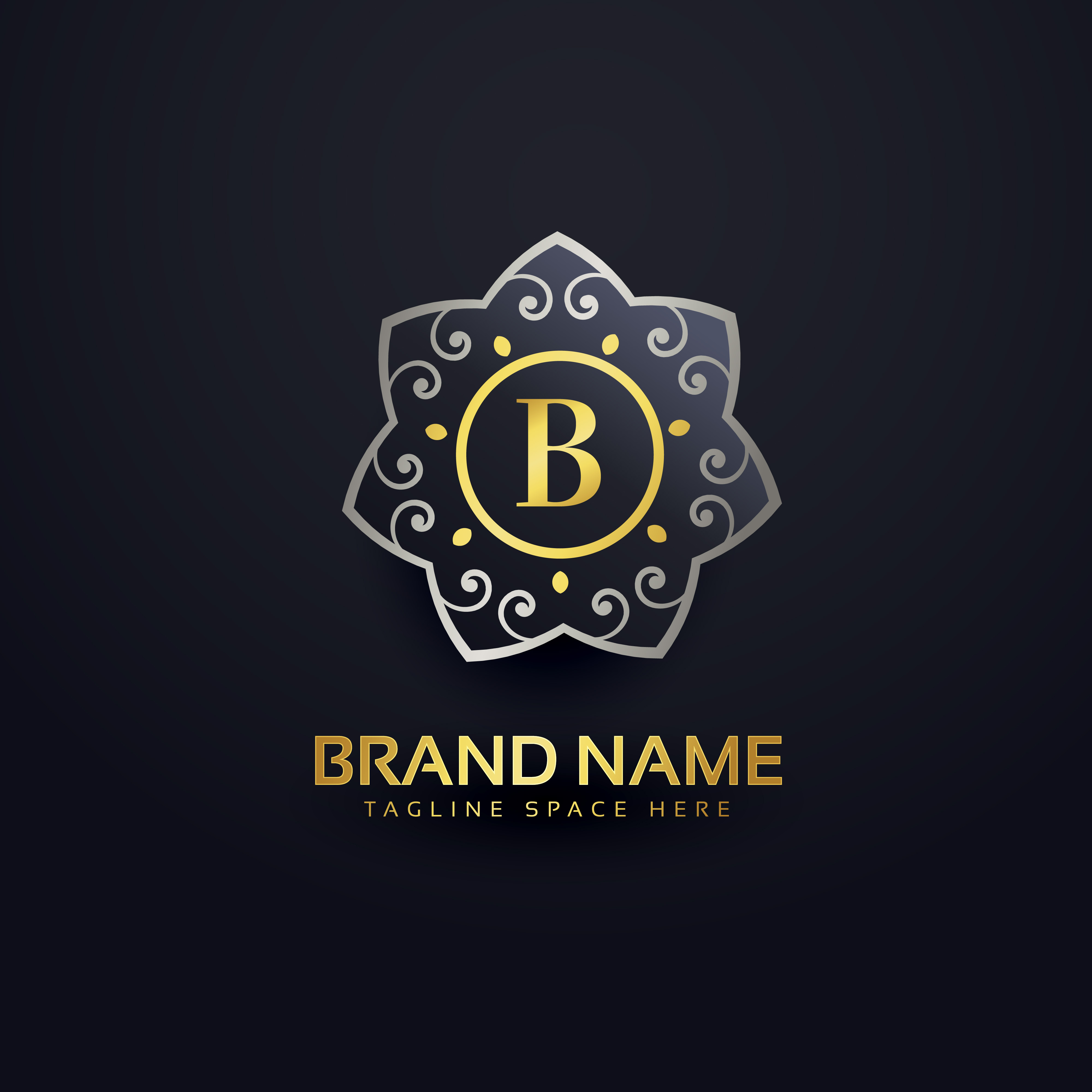Table Of Content

Maybe you're not ready to fully lean into a completely blonde look—that's fine; there's highlight and lowlight styles for all. We took the liberty of naming every single freaking shade of blonde out there, along with photos, so you can easily share with your stylist. Determining the difference between blond and blonde can confuse anyone unfamiliar with giving words genders. For example, American English speakers typically do not assign feminine or masculine genders to anything except humans.
CHI Ionic Illuminate Golden Blonde Conditioner
The spelling distinction between blond and blonde reflects both linguistic etymology and the influences of French grammar on English. In American and British English, variations exist due to differing conventions and historical linguistic evolution. Challenge your grammar know-how on blonde vs. blond with the following multiple-choice questions. The only difference is the spelling, so you wouldn’t even notice the difference when hearing the words, only when reading them. In July 2023, Ripa showed off her newly highlighted blonde hair. It is a common stereotype that blondes are dumb or airheaded, but this is not true.
Blond Hair-Color Ideas - POPSUGAR
Blond Hair-Color Ideas.
Posted: Mon, 12 Jun 2023 07:00:00 GMT [source]
Is Blond in the English Dictionary?
The action you just performed triggered the security solution. There are several actions that could trigger this block including submitting a certain word or phrase, a SQL command or malformed data. When it comes to smooth, brass-free blonde, it doesn't get much better than Kloss's waves. Keep your golden strands bright and healthy with this subtle color-depositing conditioner, which also doubles as a bond builder for repairing and restricting damage.
Commonly Confused
However, the United State’s adjective rule mainly applies toward adjectives that describe inanimate objects (e.g., a “blond wood finish” or a “blond ale” ). Depending on the publication, it’s still common for Americans to read gendered forms of blond and blonde for both adjectives and nouns. When it comes to describing fair hair, English speakers have a plethora of adjectives at their disposal.
Sanders's blend of cool and warm toned blonde gives her curls a gorgeous silver-and-gold effect. Ashy lowlights from roots to mid-lengths lend Robbie's shade ample dimension. Taylor Swift's blended blonde lends her hair an extra bit of dimension. For an added pop of color, she's also been known to dye her ends pink or blue.
With her iconic Come on Over album turning 25 – yes 25 – Shania Twain just served a hair hattrick promoting her upcoming Las Vegas residency. But one style in particular threw us for six; a long Barbie blonde look skimming all the way down to her bottom. ” her long-time hairstylist Ryan Trygstad captioned an Instagram post of the star’s fresh look. Blond or blonde is a word that has other uses and can cause confusion in various contexts. Overall, it is important to recognize that stereotypes based on hair color are not accurate and can be harmful.
Gypsy Rose Blanchard debuts blond hair transformation 2 months after prison release - Page Six
Gypsy Rose Blanchard debuts blond hair transformation 2 months after prison release.
Posted: Sat, 09 Mar 2024 08:00:00 GMT [source]
But, as I just mentioned above, “blond” without the E is used to describe the hair color of men or non-females, and “blonde” with the E is used for females. This pigmented color-depositing shampoo comes in a variety of hue-enhancing shades, including options for white platinums, golden highlights, and beige blondes. The shade “sandstone” is perfect for maintaining buttery blonde shades. Like “blond,” “blonde” can also be used as a noun, referring to a woman or girl with fair hair. For instance, you could say “She is a blonde” to describe a woman with fair hair color. Blonde can be used as an adjective to describe a girl or woman’s hair as ‘golden’ or ‘pale yellow’.
style
Two flaxen-haired women are blondes, but two golden-haired men are blonds. In the quote below, Alice Munro describes a pair of mixed gender, so she uses blonds (masculine plural). The pronunciation of blonde depends on the gender of the person.
Nowadays, we use the two different spellings as adjectives and nouns to describe shades of pale-yellow to sandy-golden hues. A woman with light-colored hair is said to be “blonde,” while a man with similar hair color is “blond.” But if we’re discussing the color of non-living subjects, we always use “blond” instead. We do not generally recognize this distinction in English, although we have many gendered nouns for people, such as actor/actress, or the obvious boy/girl, etc. However, we sometimes hold on to old habits in any language, especially for extremely basic words, such as blond(e). Blond is spelled two different ways because the difference between the nouns blond and blonde is gender. This difference has roots in the French language, which typically has masculine and feminine nouns.
The distinction comes from French, where gendered nouns and adjectives demand agreement in gender and number. When used as adjectives, “blond” and “blonde” describe the hair color of the subject, while as nouns, they describe a person with blond hair. However, the practice of using these two spellings is not strictly adhered to, especially in American English, where “blond” tends to dominate as both the masculine and feminine form. The word blond or blonde refers to a person with fair hair or a light yellowish-brown color. The spelling of the word depends on the gender of the person being described. “Blond” is typically used to describe a male with fair hair, while “blonde” is used to describe a female with fair hair.
When it comes to describing hair color in writing, “blond” and “blonde” are both acceptable spellings in just about any context, with “blond” being more popular. If you’re a so-called “bottle blonde,” and have to resort to salon services to maintain your lightened locks, you know that being blonde is not only expensive AF, but it’s also just downright hard. In some cases, “blonde” can be used to describe objects, such as “a blonde wood” or “a blonde beer,” though this usage is less common than describing hair color. Blond can be used as an adjective to describe a boy or man’s hair as ‘golden’ or ‘pale yellow’. It’s also used to describe other things, such as beer, coffee, and wood.
For females, it is pronounced as “blond,” whereas for males, it is pronounced as “blonde.” However, this rule is not strictly followed, and many people use the two interchangeably. Blond is a term used to describe the color of some types of wood. It refers to a light, pale, or yellowish color that is often seen in oak, maple, and ash wood. It’s important to note that this spelling is different from the hair color spelling. The correct spelling for wood is blond, without an ‘e’ at the end. Overall, blond and blonde are versatile adjectives that are used to describe a variety of things in popular culture.













